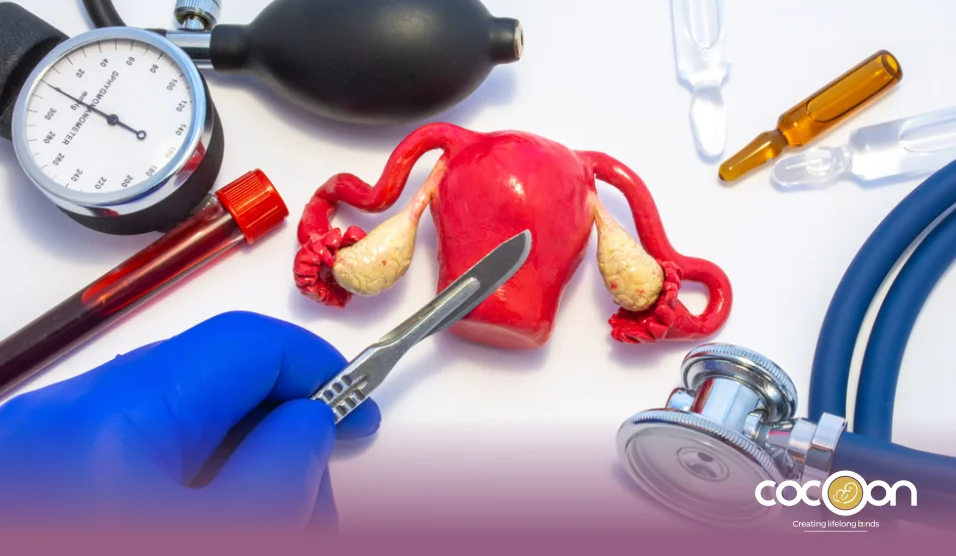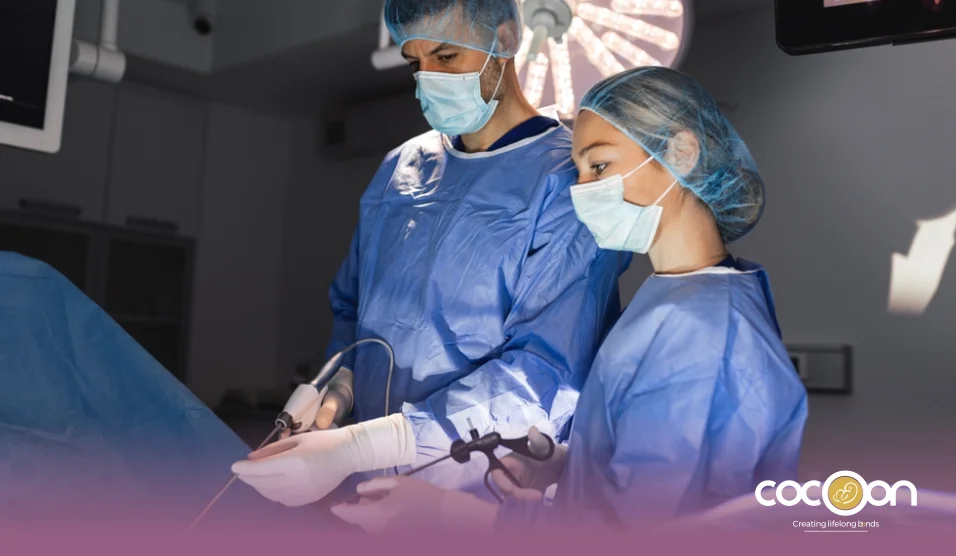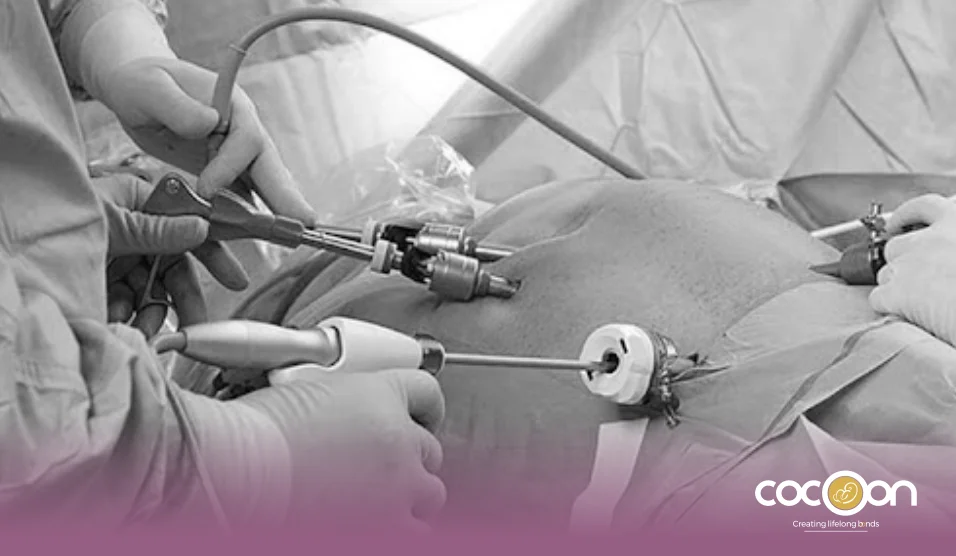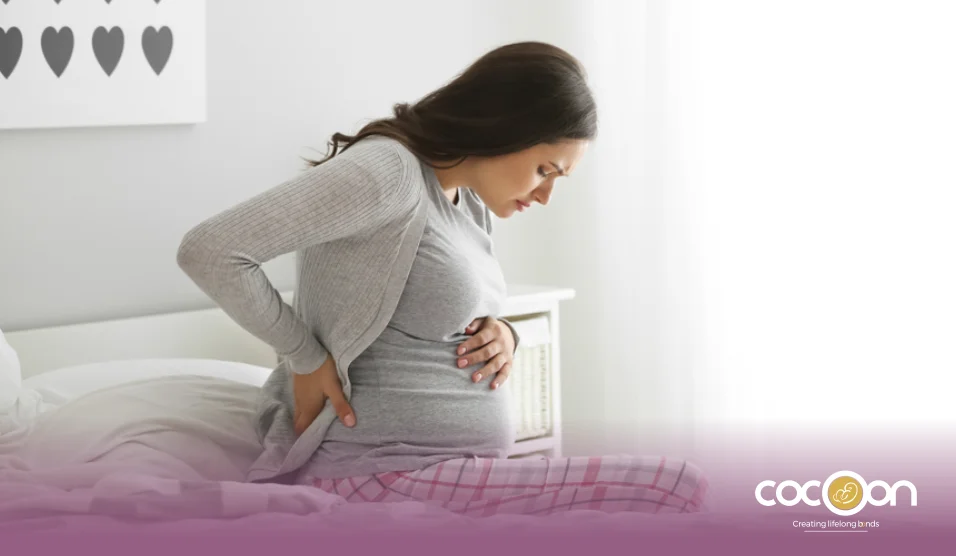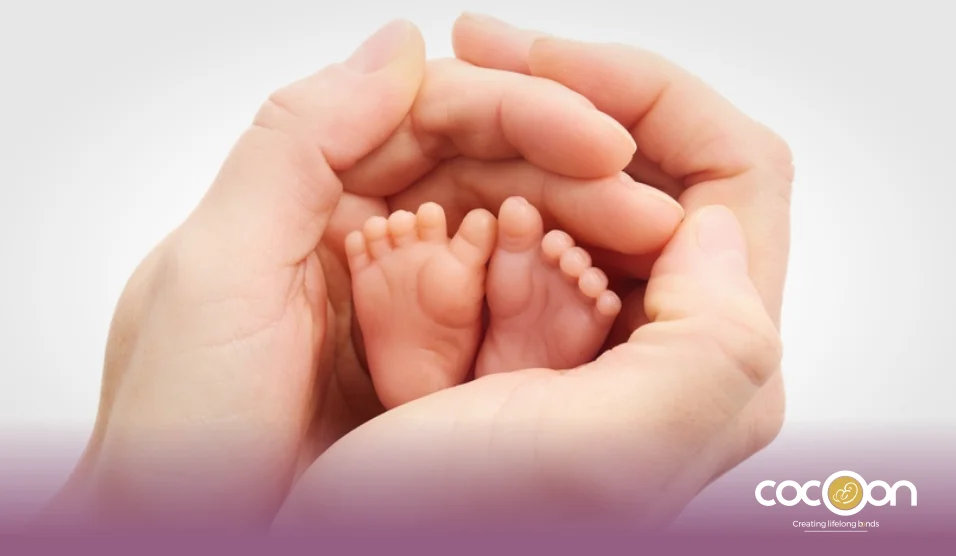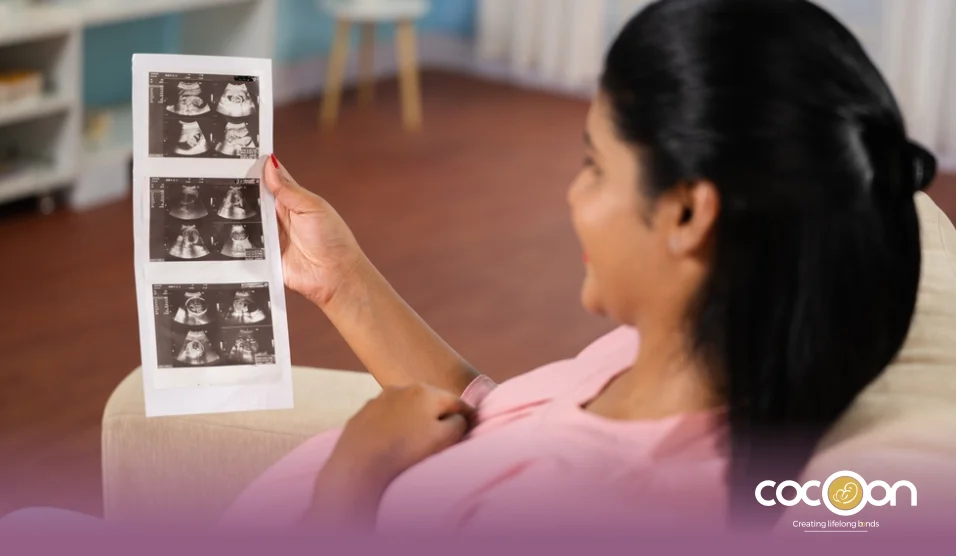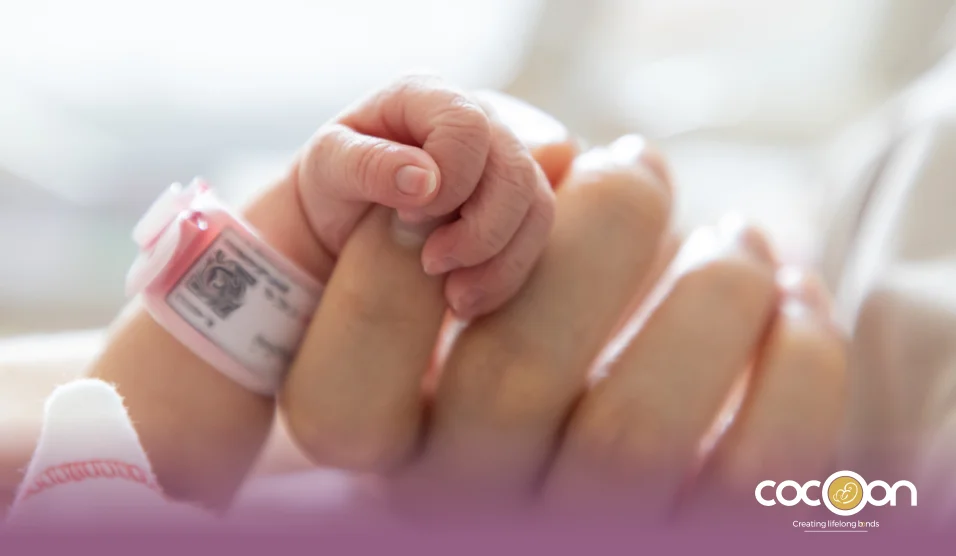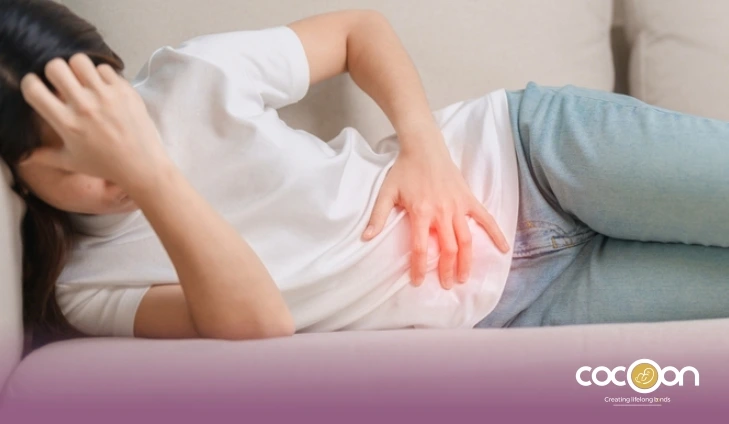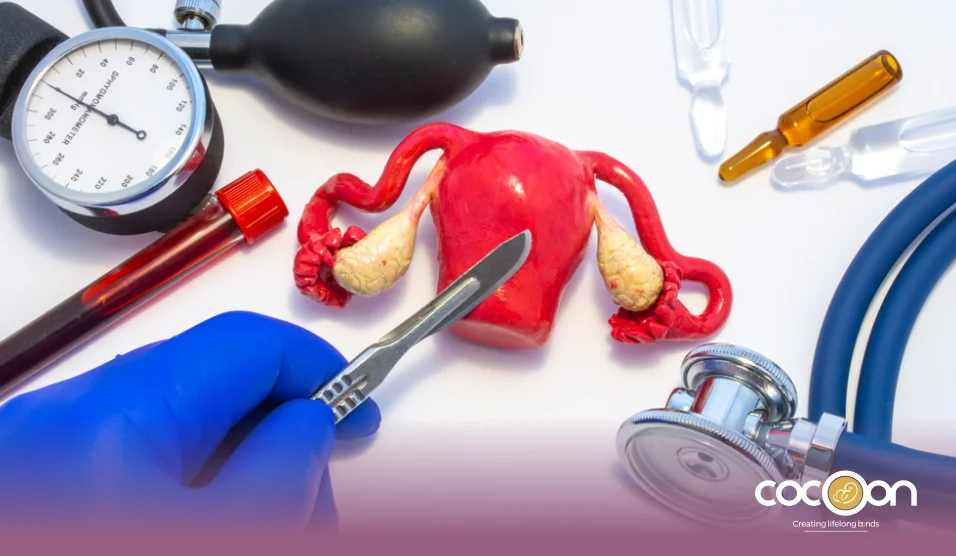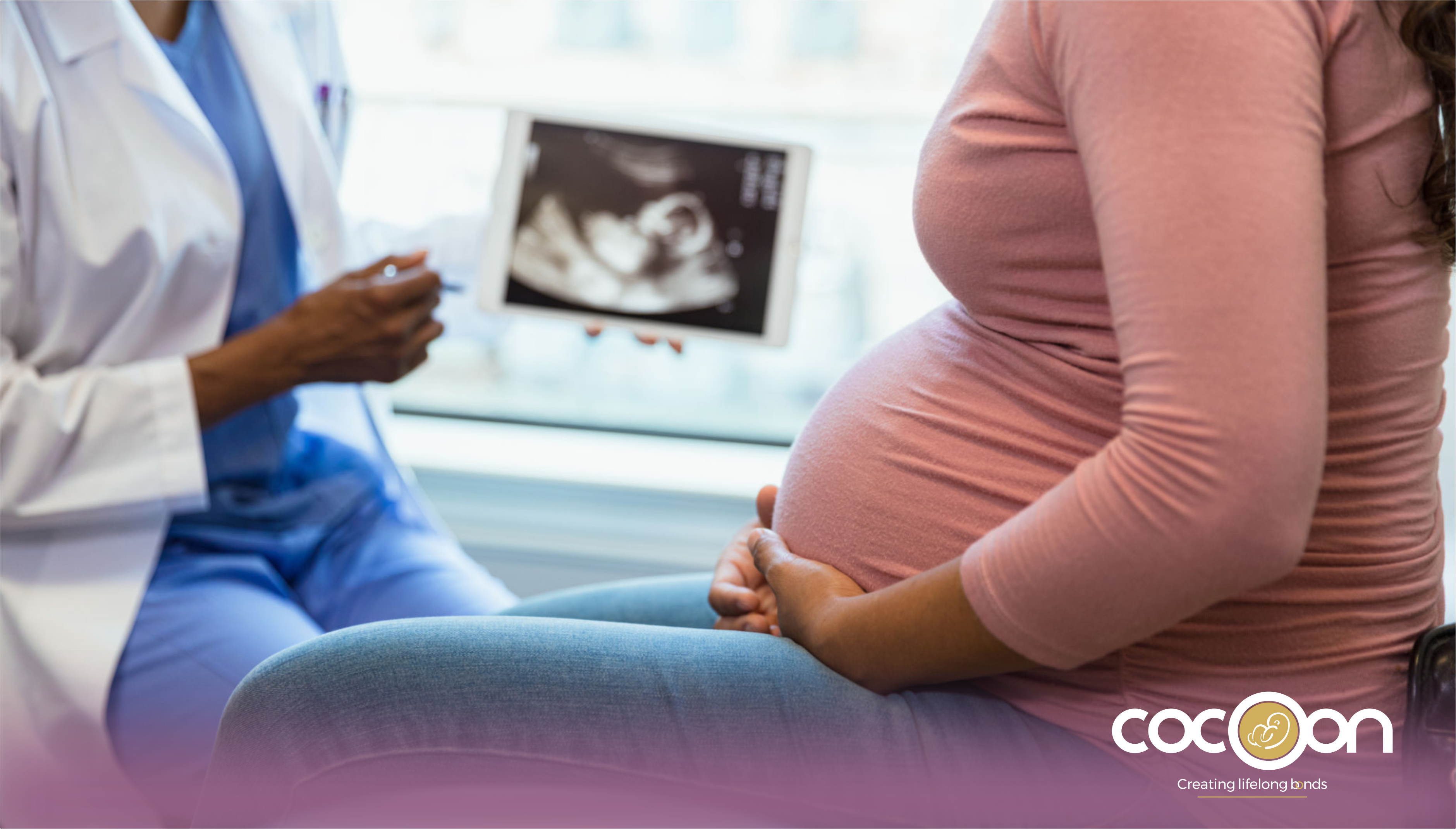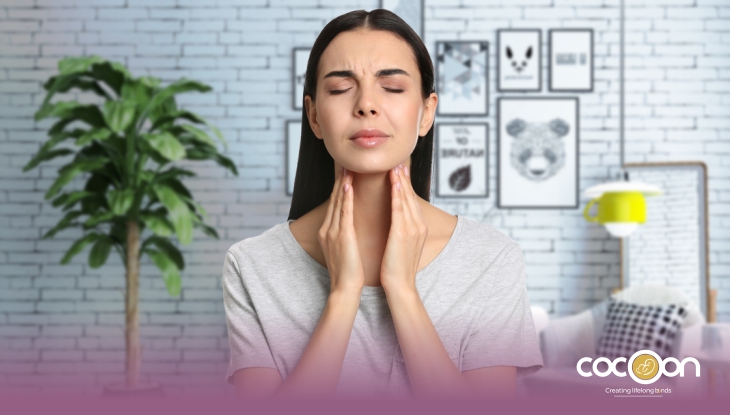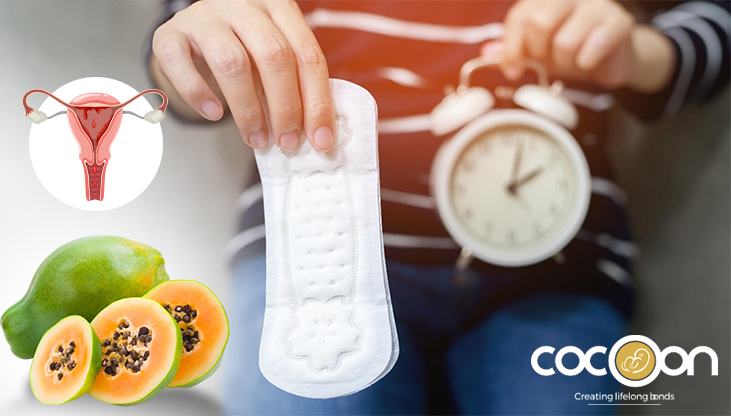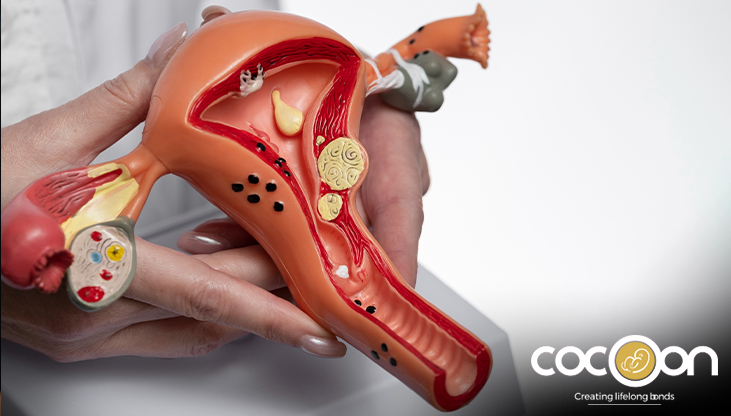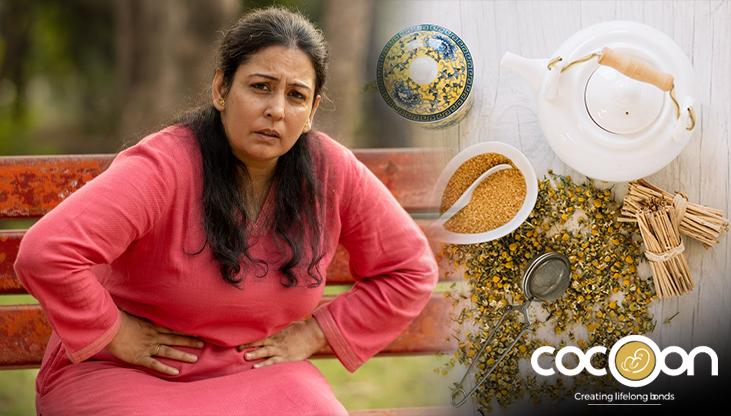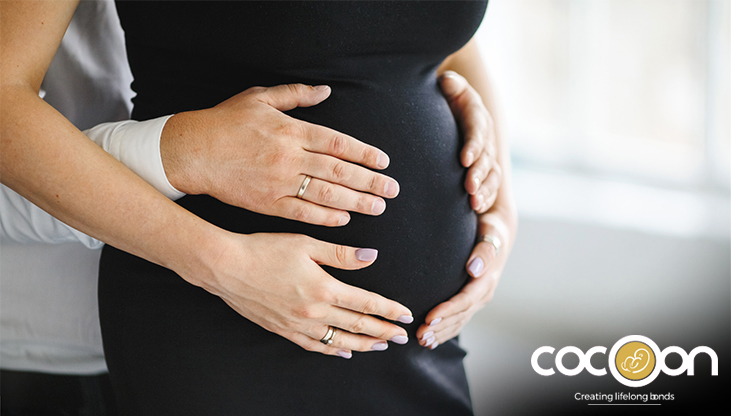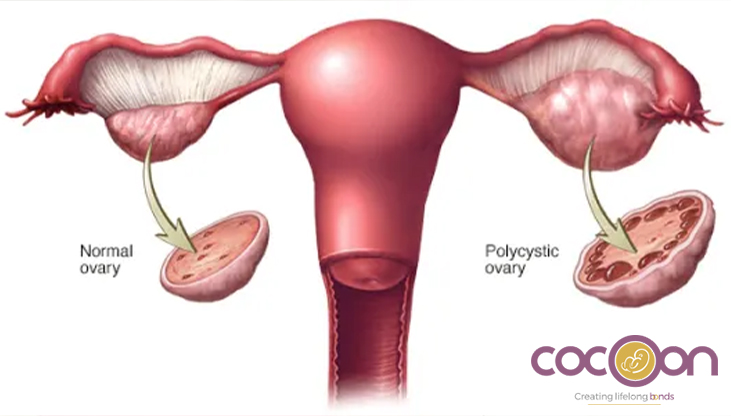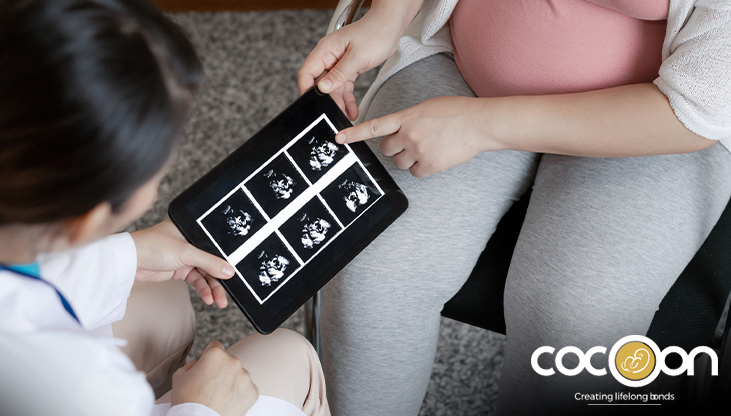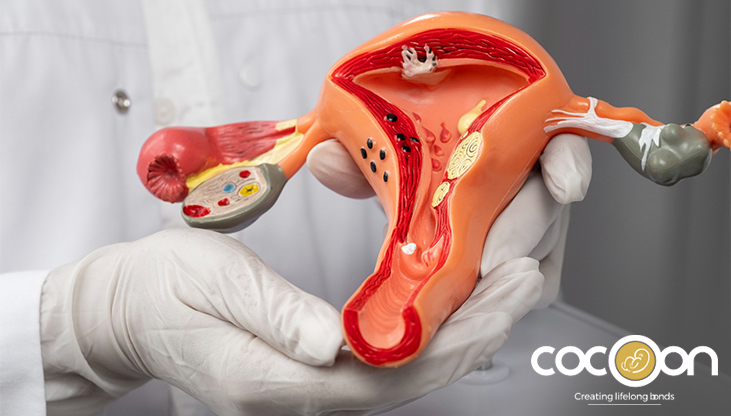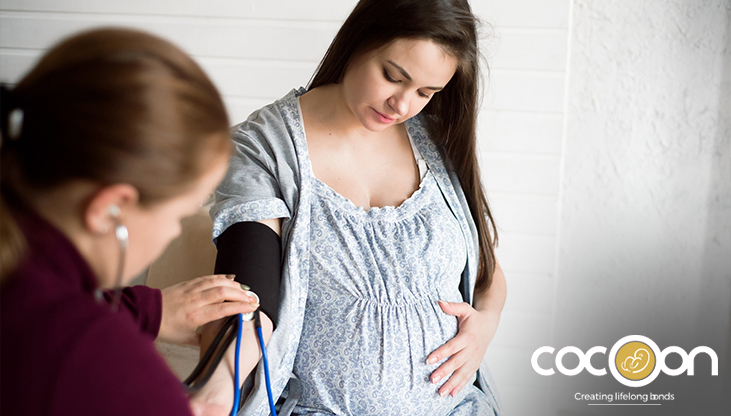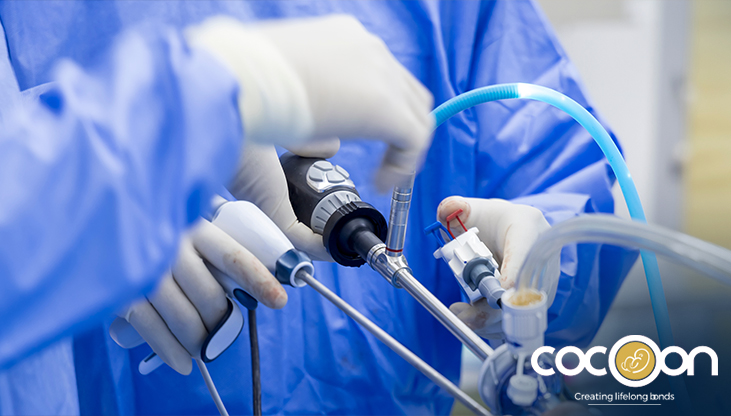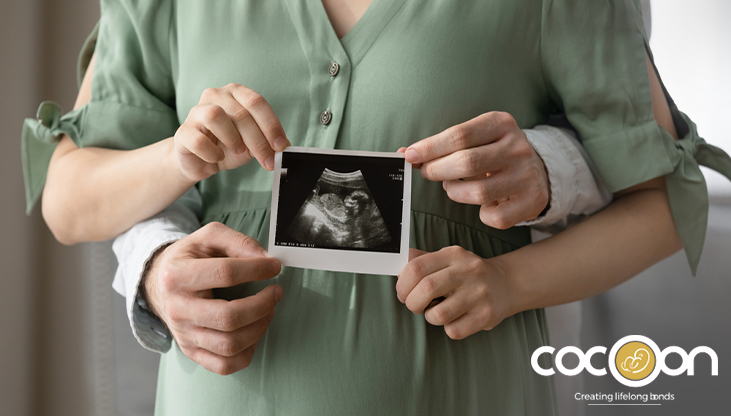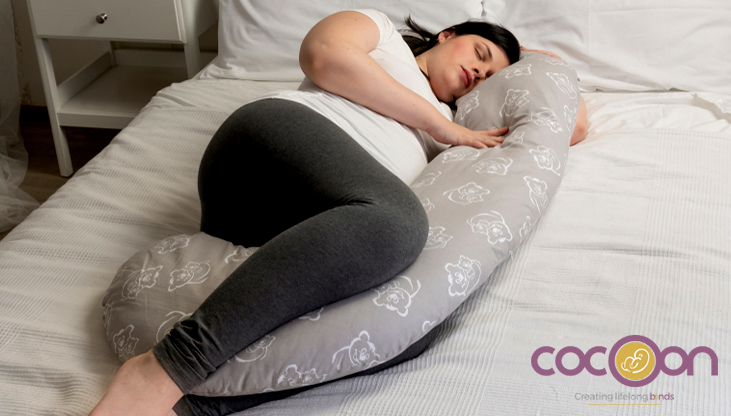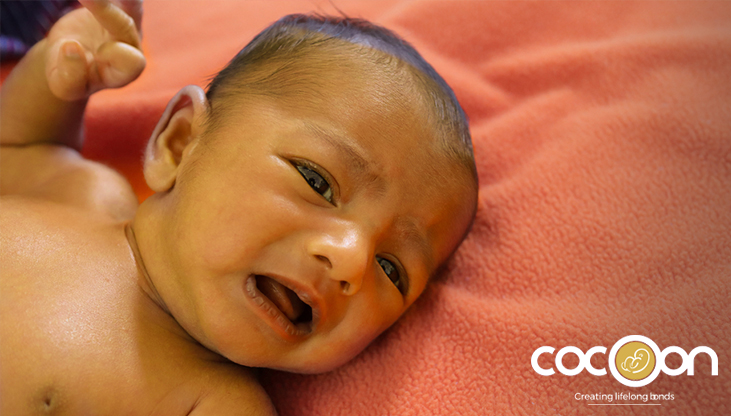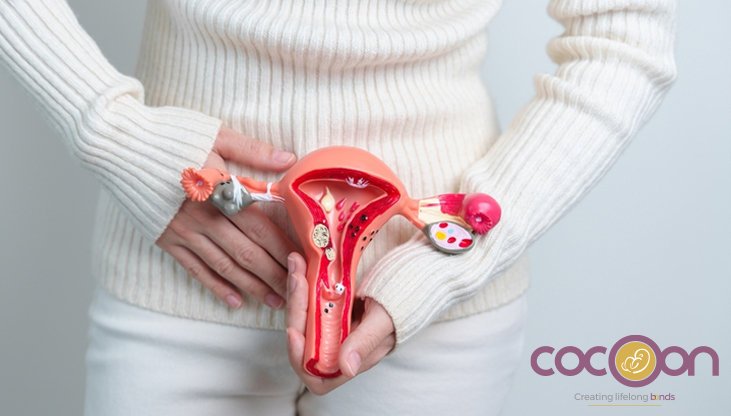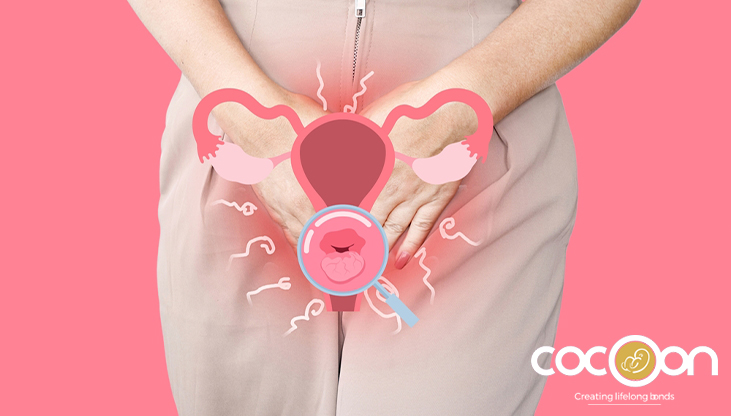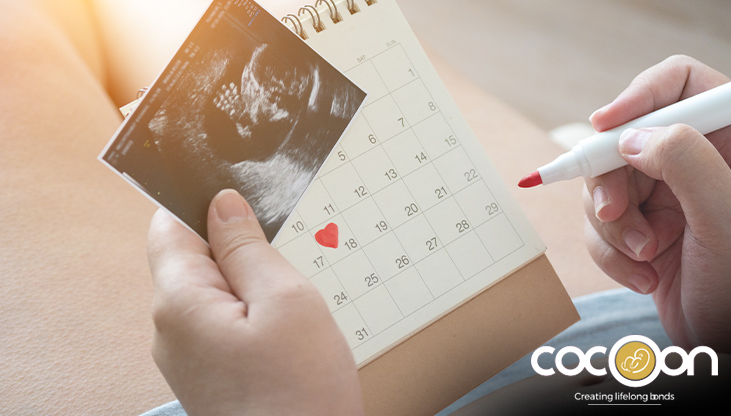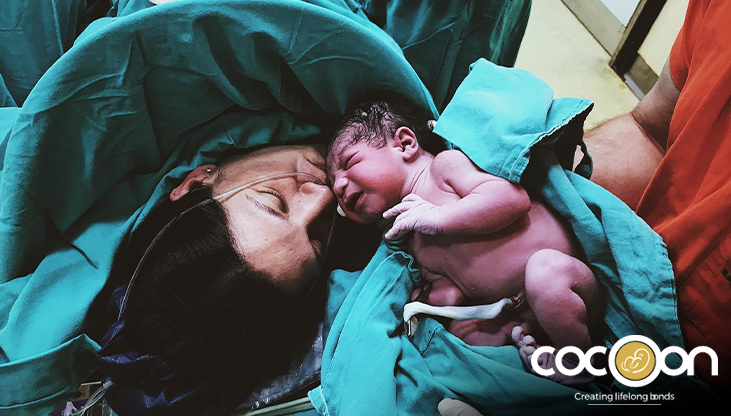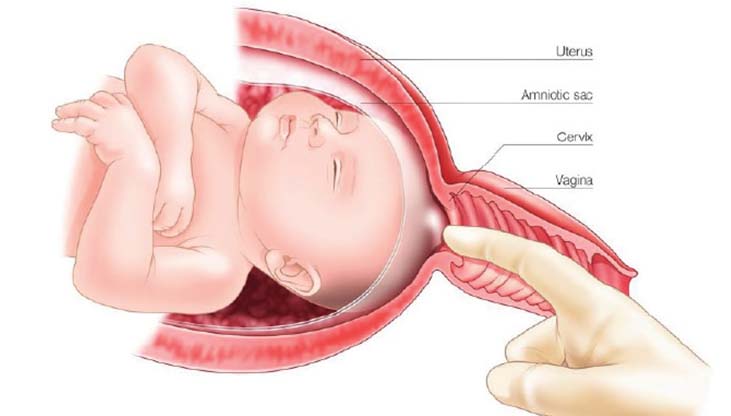A hysterectomy is a relatively routine surgery, particularly for women who are suffering from chronic uterine issues. However, deciding to have one can be daunting. If you or someone you know is contemplating a hysterectomy, you should know what it entails, the various types, what to expect in terms of recovery, side effects, and the difference between a partial and complete hysterectomy.
What is a Hysterectomy?
A hysterectomy is when a doctor surgically removes a woman's uterus (womb). Because the uterus is where a baby develops when a woman is pregnant, a woman cannot become pregnant after a hysterectomy.
This operation is generally advised if other treatments have failed or if the condition is severe.
Common reasons are:
- Heavy or uncomfortable periods that cannot be controlled with medication
- Fibroids (non-cancerous growths of the uterus)
- Endometriosis
- Uterine prolapse (when the uterus falls into the vagina)
- Cancer of the ovaries, cervix, or uterus
Types of Hysterectomy
There are various types of hysterectomy operations based on how much is removed.
1. Partial Hysterectomy
Also referred to as a supracervical hysterectomy, this procedure removes the top portion of the uterus but not the cervix (the bottom of the uterus). The ovaries can be removed or not.
This is sometimes selected when the condition is not due to cancer and there is a reason to preserve the cervix, such as pelvic support or sexual function.
2. Total Hysterectomy
This is the most frequent type. It entails the removal of the whole uterus and cervix. The ovaries and the fallopian tubes may or may not be removed in the same operation.
Physicians normally advise total hysterectomy for endometrial cancer or persistent uterine pain and bleeding that has not responded to other therapies.
3. Radical Hysterectomy
This procedure is normally performed when there is cancer involved. It is the removal of the uterus, cervix, top of the vagina, and surrounding tissues, occasionally the pelvic lymph nodes as well.
How is Hysterectomy Performed?
There are various types of ways a hysterectomy can be performed, and it all depends on your condition, age, overall health, and the surgeon's suggestion.
1. Abdominal Hysterectomy
The uterus is removed by making a big incision in the lower abdomen. It is normally applied when the uterus is big or the physician wants to see other organs while operating.
2. Vaginal Hysterectomy
The uterus is taken out via the vagina. It creates no visible scars and has a faster recovery period. It's normally applicable in case of non-cancerous conditions like prolapse.
3. Laparoscopic Hysterectomy
This is a minimally invasive procedure performed with small incisions and a small camera. It is less painful and heals quicker.
4. Robotic-Assisted Hysterectomy
Like laparoscopic, but the doctor uses robotic arms for more precision. This is utilized for more complicated cases.
Hysterectomy Recovery Time
Recovery varies depending on the type of procedure and your overall health.
If you've undergone an abdominal hysterectomy, your recovery could take 6 to 8 weeks. You would have to take a lot of rest, keep away from lifting heavy weights, and gradually follow your regular lifestyle.
Recovery for vaginal or laparoscopic hysterectomy will be relatively quick—approximately 3 to 4 weeks. You could go for a walk the day after, and after a couple of weeks, return to your routine activities, apart from hard labor or exercises.
During recovery:
- You’ll feel tired and sore
- Light vaginal bleeding is normal for a few days or weeks
- Bowel movements might be slower—drink water and eat fiber-rich food
- Avoid sexual intercourse until your doctor’s approval
- Listen to your body—rest when tired and don’t rush
Are There Any Side Effects Of Hysterectomy: What to Expect
Most women do well after a hysterectomy, but like any surgery, it has some side effects.
Short-term side effects:
- Pain or discomfort at the incision site
- Light bleeding or discharge
- Gas or bloating
- Difficulty passing urine or stools in the first few days
Long-term effects:
- No more periods: This can be a relief, particularly if you previously experienced painful or heavy bleeding.
- Early menopause: If your ovaries are also removed, you might enter menopause straight away, with symptoms such as hot flashes, mood swings, or dryness.
- Hormonal changes: If ovaries are retained, your body might continue to produce hormones, but some women experience a slight difference nonetheless.
- Emotional changes: It's natural to experience a variety of emotions—relief, sadness, or even loss. Talking to a counselor or connecting with a support group can make a difference.
- Most women have improved quality of life after recovery—no more pain, bleeding, or discomfort.
Partial vs. Total Hysterectomy: Which One is Right for You?
Deciding between partial and total hysterectomy is based on a lot of factors—your health status, age, and preference.
- You may opt for partial hysterectomy if:
- Your condition is not cancer
- You prefer to retain your cervix for sexual stimulation
- Your physician approves it as a safe option
- You may require a total hysterectomy if:
- You have cancer or increased risk of cancer
- You have chronic pain, bleeding, or fibroids that affect the cervix
- You want to lower future risk of cervical issues
Always have an open conversation with your gynecologist. Ask questions, know the advantages and disadvantages, and don't hurry your choice. Your physician will recommend the safest course based on your body's requirements.
Life After a Hysterectomy
Most women worry that life will significantly alter following a hysterectomy—but in most instances, life improves.
You might feel lighter without the perpetual pain or bleeding. Sexual relationships can get better if pain or pressure was an issue previously. But give your body time to heal physically and emotionally.
If your ovaries were removed, your doctor may suggest hormone therapy to help control menopause symptoms. If they weren't removed, your hormones will still work the way they normally should.
You can still have a full, active, and healthy life after a hysterectomy. Women continue to work, travel, exercise, and live with energy and confidence.
When Should You See a Doctor?
After surgery, watch your body closely and call your doctor if you have any of the following:
- Fever above 100.4°F (38°C)
- Heavy bleeding or bad-smelling discharge
- Persistent pain that doesn't respond to medication
- Swelling or redness at the incision site
- Trouble peeing or passing stools
These might be signs of complications or infection, and it is better to investigate early.
Conclusion
Having a hysterectomy is a big decision, but sometimes it's the best method to eliminate long standing health concerns and enhance the quality of life. Knowing about the types, side effects, and recovery will make you feel more confident and less nervous.
Whether you're thinking of a partial or a full hysterectomy, keep in mind that all bodies are different in women. What is the correct decision is that which brings relief, safety, and peace to your mind.
Always discuss with your doctor, think carefully before you decide, and seek assistance when necessary. With proper care, healing, and attitude—you can face this new chapter with vigor and hope.


